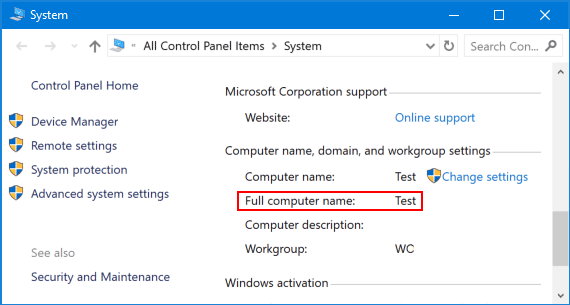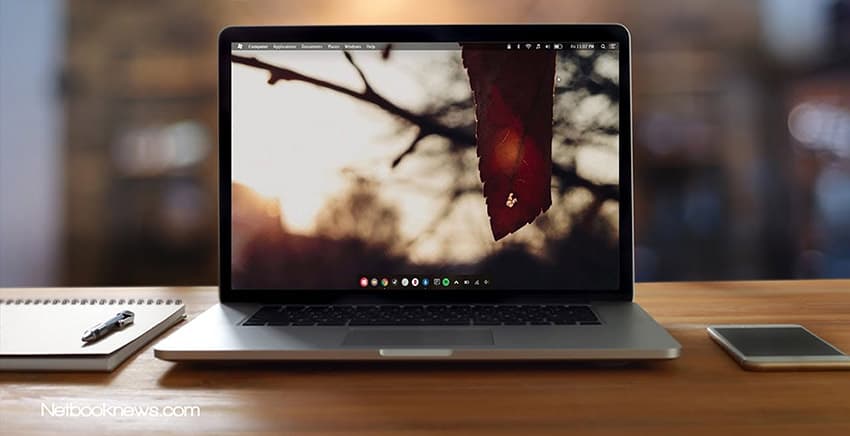
#Look for fqdn in mac mac
To find the MAC addresses of the security interfaces, search the support.txt file (located in the root of the extracted files) and look for the dump_interfaces[ section. The IP address of the management port is specified with the net.if.addr.eth0 parameter. The hostname is specified with the net.hostname parameter. In this file, scroll down to the # Network Tuning Params section. Then, open the extracted contents and open /etc/settings.txt.

It is just a standard compressed file type with a. support file by using a file archiver program (such as 7zip). You might also find both the hostname, IP address, and MAC address of the device within the support file.

XGS5100_TestAppliance is the hostname of the appliance.133052 represents the time the support file was generated in the format HHMMSS.20160208 represents the date the support file was generated in the format YYYYMMDD.5.3.2.1 represents the firmware version installed.INSP means IBM Network Security Protection, so this is a support file for the XGS.Reference the file name and the breakdown of each point below: This tells you the hostname of the appliance. Note: For details about generating a support file, see Technote 1688434: Generating a support file on the IBM Security Network Protection appliance (XGS).įirst, take a look at the formatting of the file name of the support file. Quarantine Information: Result: On Probation Extended-Result: - Session Identifier: - Help URL: - System Health Validator Result(s): - Quarantine Grace Time: 13:11:44.In some cases, it might be required to determine the hostname or IP address of the management interface or the MAC addresses from the security and management interfaces from an XGS appliance from a support file.
#Look for fqdn in mac windows
RADIUS Client: Client Friendly Name: RADIUS Client Client IP Address: 10.47.2.24Īuthentication Details: Connection Request Policy Name: NAP DHCP Network Policy Name: NAP DHCP Non NAP-Capable Authentication Provider: Windows Authentication Server: Authentication Type: Unauthenticated EAP Type: - Account Session Identifier: 32373830323637333331

NAS: NAS IPv4 Address: 10.47.2.24 NAS IPv6 Address: - NAS Identifier: BLVADS02 NAS Port-Type: Ethernet NAS Port:. User: Security ID: NULL SID Account Name: - Account Domain: - Fully Qualified Account Name: -Ĭlient Machine: Security ID: NULL SID Account Name: queef Fully Qualified Account Name: - OS-Version: - Called Station Identifier: 10.60.0.0 Calling Station Identifier: 002020130303 Are you saying that if the NAP agent is off, or the client is running a pre-Windows XP SP3 computer, we will not know what that computer's name is in the NPS Event Log or the NAP Reports? If the answer to the above question is, YES, then how is a customer meant to locate which machines are problematic? Here is the Event Log entry: Network Policy Server granted access to a user but put it on probation because the host did not meet the defined health policy.Ĭontact the Network Policy Server administrator for more information. So let me see if I understand you correctly: Forget about non-Microsoft operating systems for a minute.

I assume the SQL is looking at the FQDN parameter when it builds the Report? Also, from that Event Log it's impossible to say whether this is a Microsoft or some other OS computer. I have installed the NAP Eval and Assessment Beta, and when I look at the reports of the non NAP-Capable machines, the computer name is NOT listed in there. Greg, Looking at Event Viewer this is what I get (see below).


 0 kommentar(er)
0 kommentar(er)
